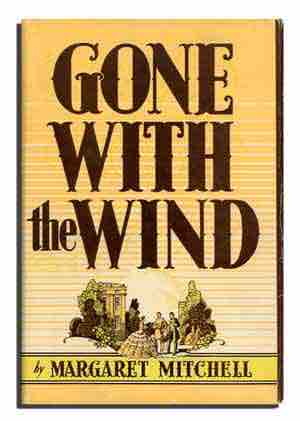The "Plain Folk of the Old South" were white subsistence farmers who occupied a social rung between rich planters and poor whites in the Southern United States before the Civil War. These farmers tended to settle in backcountry, and most of them were Scotch-Irish American and English American or a mixture thereof. They owned land, generally did not raise commodity crops, and owned few or no slaves. Jeffersonian and Jacksonian Democrats preferred to refer to these farmers as "yeomen" because the term emphasized an independent political spirit and economic self-reliance.
Historians have long debated how large this group was and how much influence its members exerted on Southern politics in the antebellum period, particularly why and to what extent these farmers were willing to support secession despite their typically not being slaveholders themselves. Frederick Law Olmsted (a Northerner who traveled throughout and wrote about the 1850s South) and historians such as William E. Dodd and Ulrich B. Phillips considered common Southerners as minor players in Southern antebellum social, economic, and political life. Twentieth-century romantic portrayals of the antebellum South, especially Margaret Mitchell's novel Gone with the Wind (1937) and the 1939 film adaptation, mostly ignored the role yeomen played. The nostalgic view of the South emphasized the elite planter class of wealth and refinement who controlled large plantations and numerous slaves.

Gone with the Wind
Twentieth-century romantic portrayals of the antebellum South, such as Margaret Mitchell's novel Gone with the Wind (1937) and the 1939 film adaptation, mostly ignored the role of yeomen.
The major challenge to the view of planter dominance came from historian Frank Lawrence Owsley's book, Plain Folk of the Old South (1949). His work ignited a long historiographical debate. Plain Folk argued that yeoman farmers played a significant role in Southern society during this era rather than being sidelined by a dominant aristocratic planter class. The religion, language, and culture of these common people comprised a democratic "Plain Folk" society. Critics say Owsley overemphasized the size of the Southern landholding middle class and overlooked a large class of poor whites who owned neither land nor slaves. Owsley believed that shared economic interests united Southern farmers; critics suggest the vast difference in economic classes between the elite and subsistence farmers meant they did not have the same values or outlook.
In his study of Edgefield County, South Carolina, Orville Vernon Burton classifies white society into the poor, the yeoman middle class, and the elite. A clear line demarcated the elite, but according to Burton, the line between poor and yeoman was less distinct. Stephanie McCurry argues that yeomen were clearly distinguished from poor whites by their ownership of real property (i.e., land). Yeomen were "self-working farmers,” distinct from the elite because they physically labored on their land alongside any slaves they owned. Planters with numerous slaves had work that was essentially managerial, and often they supervised an overseer rather than the slaves themselves.
Nevertheless, the very presence of slaves throughout the American South fostered white unity despite economic disparities. In a speech before the U.S. Senate in 1858, South Carolina senator and planter, James Henry Hammond, demonstrated this logic by arguing that slaves comprised, “the very mud-sill of society,” or a bottom supportive layer to a class system delineated across racial lines.
Though Southern society was dominated by a planter elite, "Plain Folk" supported secession to defend their families, homes, notions of liberty, and beliefs in racial hierarchies. Historians argue that a distinctive Southern political ideology blended localism, white supremacy, and Jeffersonian ideas of agrarian republicanism.